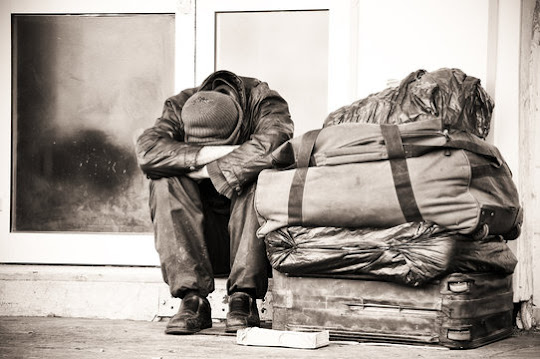Youth Homelessness

Youth Homelessness is no joke. Each year there is about 4.2 million youth and young adults have experienced homelessness at some point in their lives ranging from ages 13 all the way up to 25. The main causes of homelessness in teens are physical, emotional, or sexual abuse from their parents or guardians. Some shocking numbers - 46% physically abused - 38% emotionally abused - 17% unwanted sexual activity Main Causes: Family instability: Most homeless youth come from families that are fully unstable and have dangerous environments that involve abuse issues. Family Rejection: Some youth feel rejected by their own family and that could have to do with religion, gender identity, sexual orientation, beliefs, or conflicts with their personal choices. Aging out of foster care: some youth who are becoming too old for foster care aren't able to support themselves and often find themselves at a higher risk of being homeless. Substance abuse: Alcohol or drug use is a big problem among t



